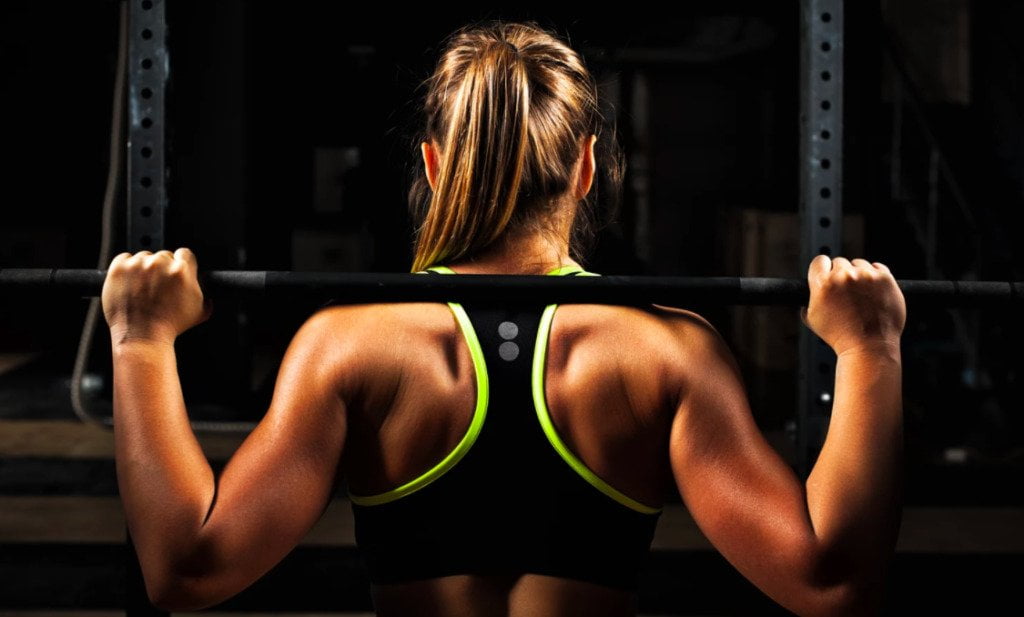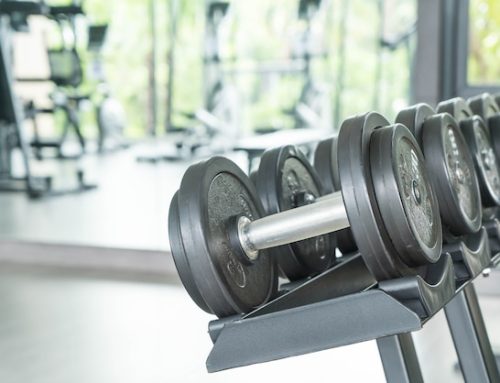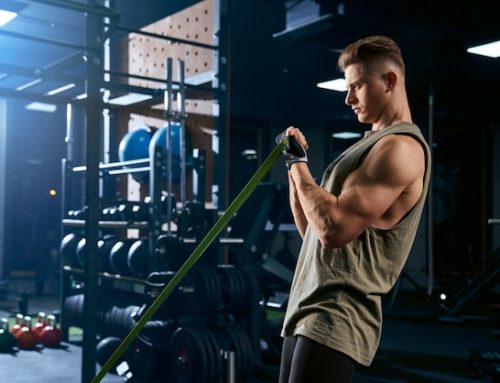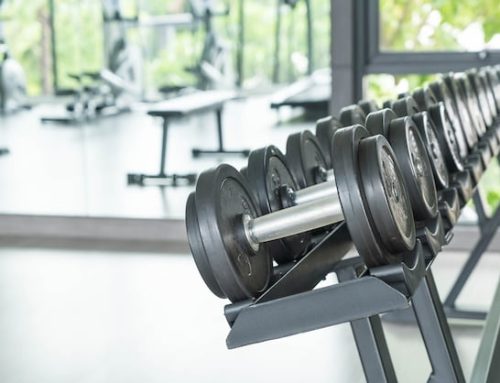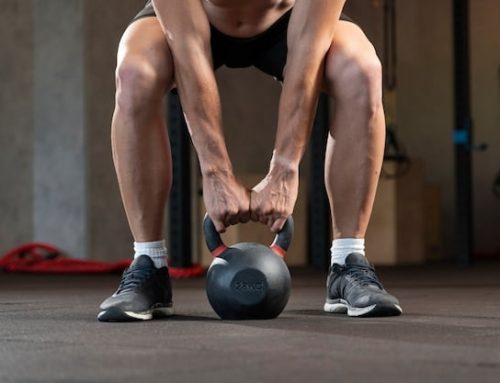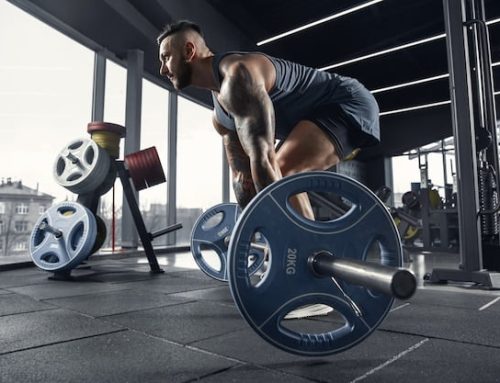With it being a primal movement, we were all born with the ability to squat reasonably well. Over time, however, thanks to the invention of chairs and toilets, we use the movement less and less as we get older, especially here in the West.
Now that we use the squat as an exercise in the gym more than we do a movement in our daily lives, we tend to face more injuries due to our bodies being out of balance and tight in all the wrong places. On top of that, we don’t really know what we’re doing…
The video below shows the 10 most important rules that must be followed to make squats safe for our body. Jeff Cavalierie explains how to exercise to avoid injury.
1. Adding weight straight away
When we first start hitting the gym, very few of us actually think to work on our body weight squat before throwing some plates on a bar in the squat rack. But, if you can’t sit in a comfortable, stable squat position without falling over or feeling pain and tightness, you shouldn’t even be thinking about upping your numbers.
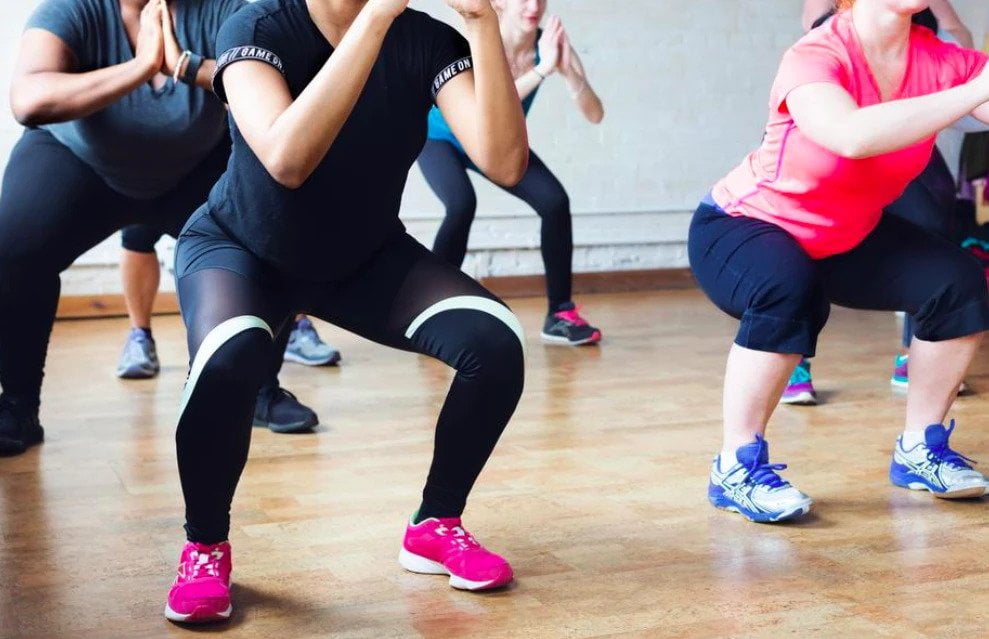
If you want to lift more weight, work your target muscles more and keep your joints healthy, you should start from the ground up and build a strong foundation. Find your natural squat stance, work on your ankle and hip mobility and tweak your squat until you’re ready to add some weight.
2. Not bracing your core
Before you begin lowering yourself into a squat position, you should take in a breath and hold it as you go down. By doing this, you’re creating tension through your midsection, which will take unnecessary stress off your lumbar spine.
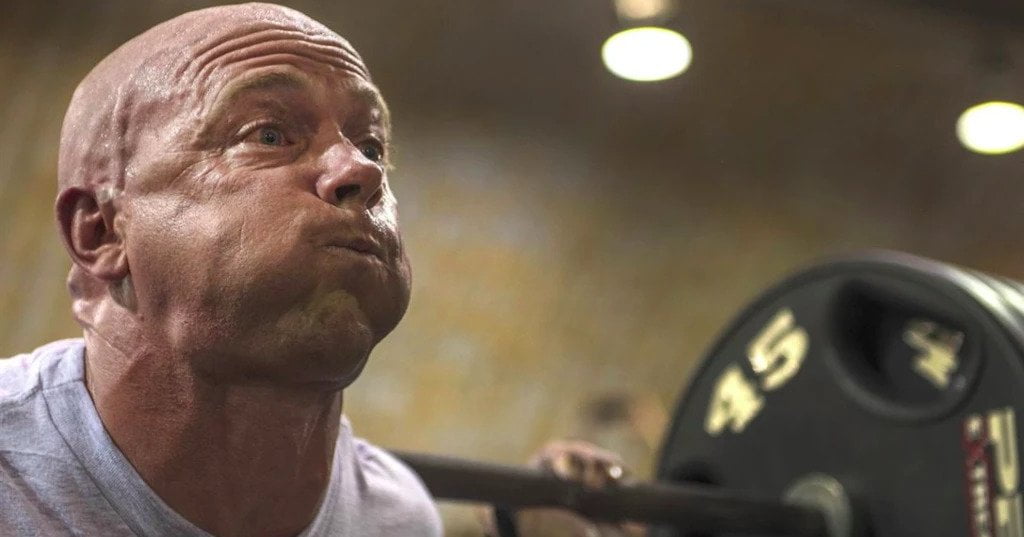
Make sure you inhale into your stomach and not into your chest. Exhale at the top and repeat.
3. Letting the knees cave in
Many people have a tendency to let the knees cave in as they struggle getting back up out of a squat, often on the last rep or two. This, obviously, puts a lot of stress on the knees and is sure to cause an injury over time.
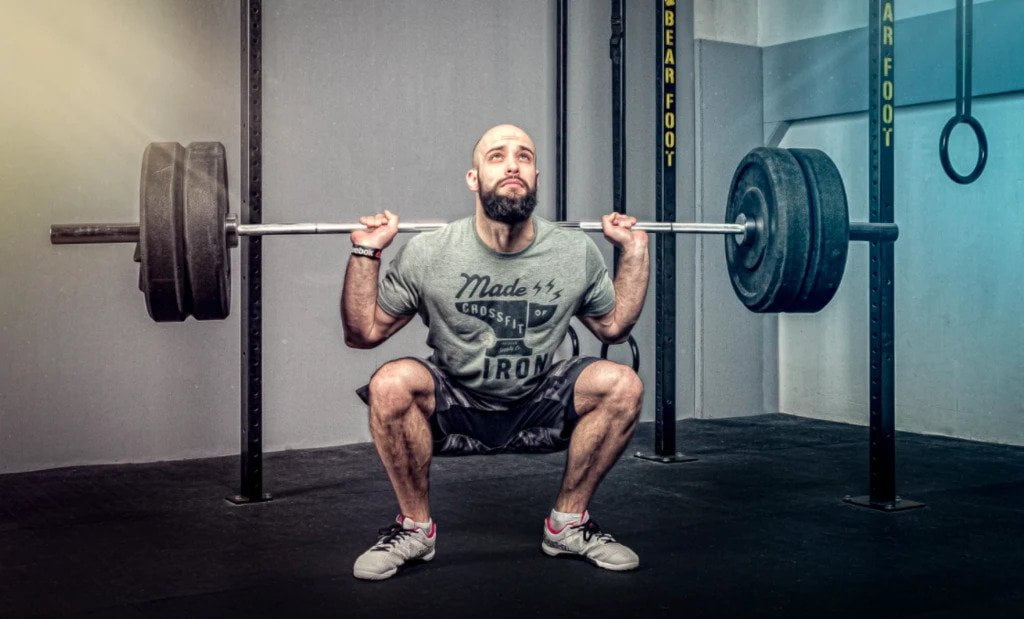
Focus on forcing your knees out and in line with your feet when pushing up out of the squat.
4. Initiating the drop with your knees
When you begin lowering your body on each rep, you should initiate the movement by letting your hips begin to fold. Bending at the knees first will place a lot less stress on the joints.
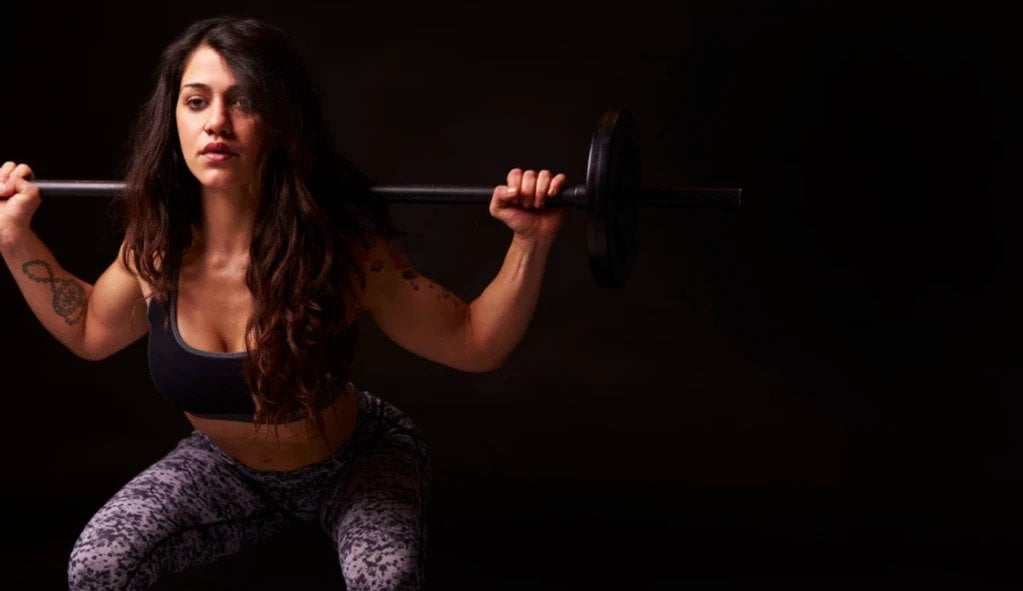
Just remember not to fold completely at the hips first, or your upper body will collapse forward and your weight will be distributed unevenly across your feet. Not only that, the weight from the bar will go from resting on your upper back to the back on your neck.
5. Bouncing out at the bottom
Most of us have terrible mobility when we first start squatting. It’s not until we hit an injury or plateau that we actually take a step back to work on our form. One thing that happens a lot when we have an unstable squat is that we bounce out of the bottom as soon as we can, usually to stop us falling back.
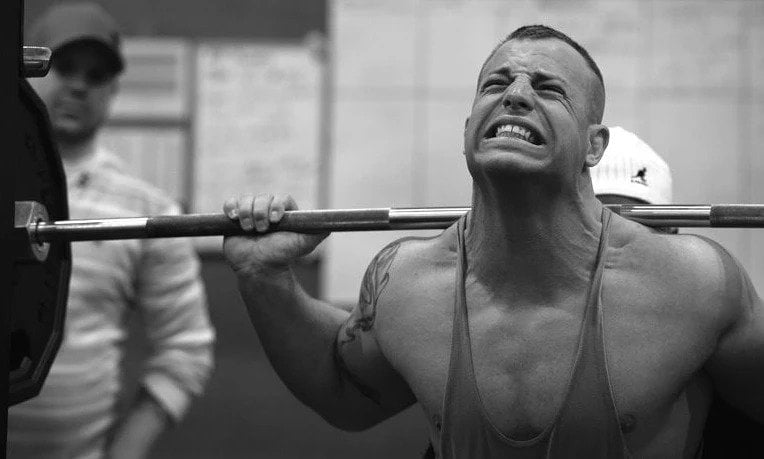
If you can’t sit comfortably in a squat position, you shouldn’t even be squatting with weight in the first place. Pausing slightly at the bottom of a squat will actually allow you to engage the quads and glutes more, instead of depending on your tendons to bounce you out of the uncomfortable position you’re in.
6. Letting your elbows flare back
Your elbows should be pointing down when you set up to squat. If they’re flaring back, you’re going to end up leaning forward as you lower yourself down, which will lead to the bar resting on your neck.
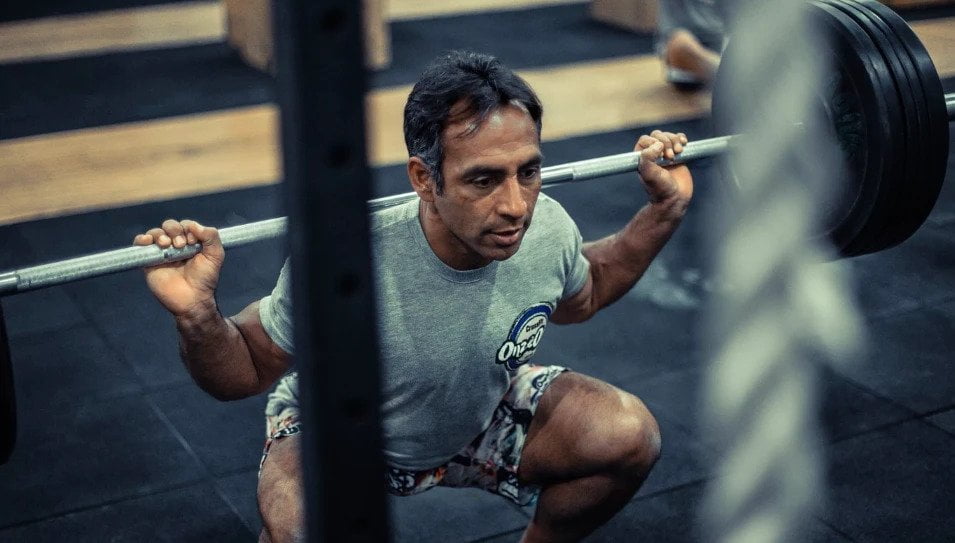
It will also cause you to distribute more weight through your toes, putting further unwanted pressure on the knee joints.
7. Pushing off of your toes
I mentioned earlier about forcing your knees out when pushing up out of the squat. This is important, but don’t push them out to the point where all of your weight is on the outside of your feet.
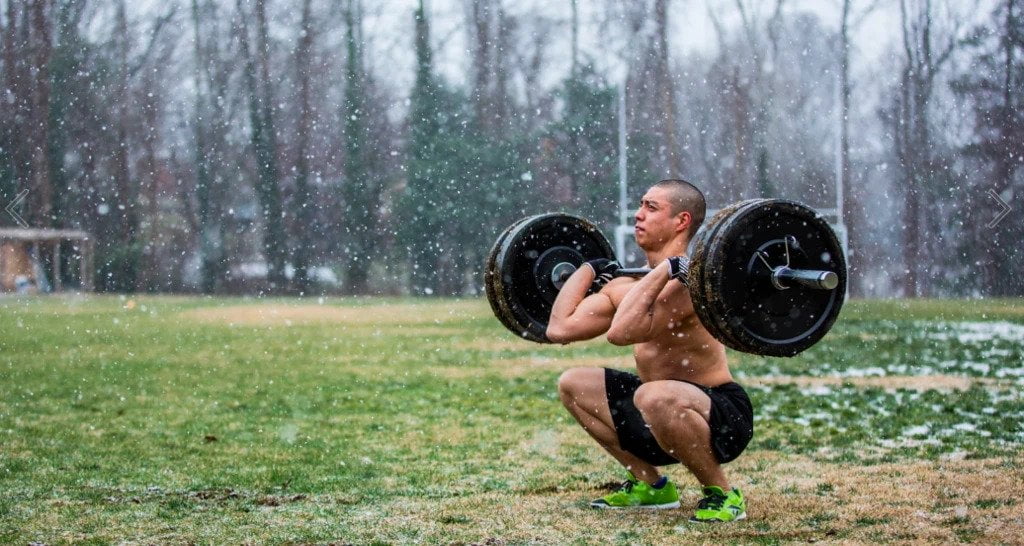
Your weight should be distributed across a tripod-like foundation between your heel and either side of your mid foot, just before the toes.
Bonus tip: Retract the scapula
If you don’t retract your scapula and contract your lats when performing the squat, you’re going to topple forward (again).
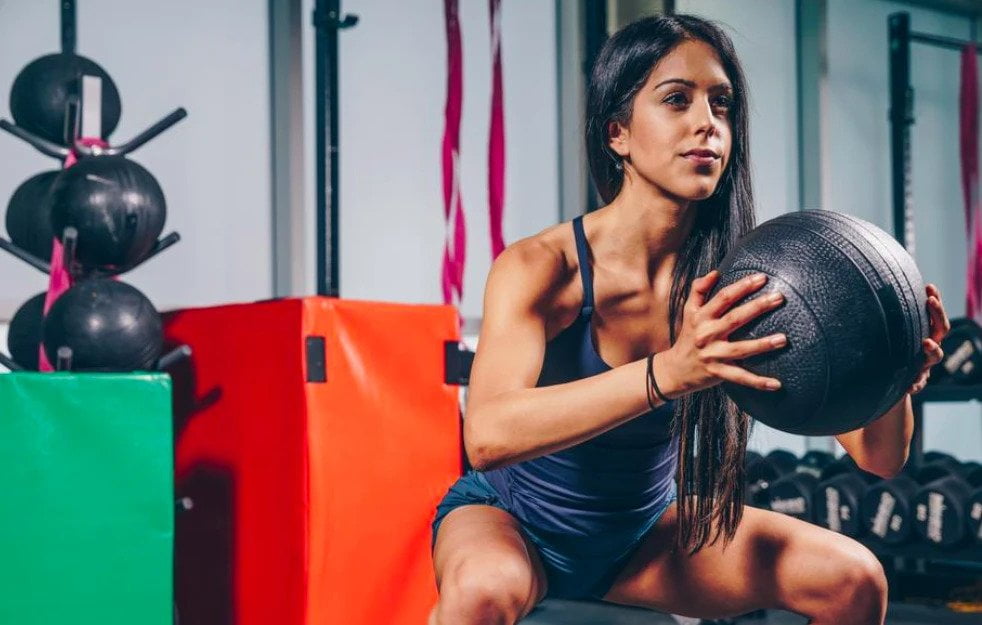
Think about taking your shoulder blades and sticking them in your back pockets. Next, flex your lats like you would when doing a chin-up or a lat pulldown and pull your elbows into your sides.
Conclusion
In addition to the above-mentioned rules that should be followed, you can also pay attention to preparing the body before exercise, ensuring the regeneration of the body, not ignoring pain or adjusting the frequency of exercise to the effort. Squatting is a great exercise for building lower body strength and stability, but it’s important to perform the movement correctly to avoid injury. Here are 7 squat mistakes that can slowly damage your body:
- Poor Form: Squatting with poor form can lead to injuries in your knees, hips, and back. Make sure to keep your chest up, back straight, and knees behind your toes. Avoid rounding your lower back and letting your knees cave in.
- Lifting Too Heavy: Lifting weights that are too heavy can increase your risk of injury. Start with lighter weights and focus on proper form before increasing the load.
- Not Warming Up: Skipping a proper warm-up can increase your risk of injury. Make sure to include dynamic stretches and mobility exercises before starting your squatting routine.
- Wearing Improper Shoes: Squatting in shoes that don’t provide proper support can increase your risk of injury. Opt for shoes with a flat, stable sole and good arch support.
- Ignoring Pain: If you experience pain during squats, it’s important to address the issue rather than pushing through the pain. Consult with a qualified healthcare professional if you experience persistent pain during exercise.
- Neglecting Recovery: Recovery is an important part of any exercise routine. Make sure to allow enough time between squatting sessions to rest and recover. Incorporating foam rolling and stretching can also help reduce muscle soreness and prevent injury.
- Not Varying Your Routine: Repeating the same squatting routine over and over can lead to overuse injuries. Mix up your routine by adding variations like front squats, goblet squats, and split squats to challenge your muscles in new ways.
By avoiding these common mistakes and prioritizing proper form, warm-up, recovery, and variation in your squatting routine, you can safely and effectively build lower body strength and stability.
